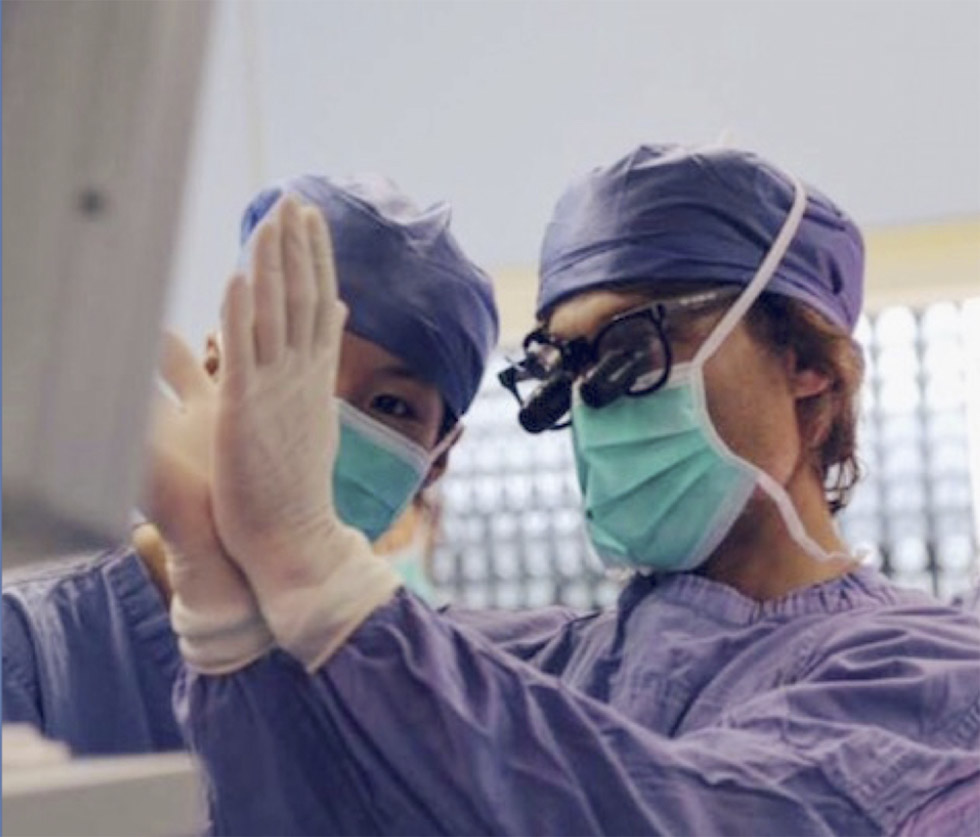Today, lower blepharoplasty (cosmetic eyelid) surgery is more than removing skin/muscle and fat from the eyelids (remove eyelid bags). In fact, this older form of surgery (what we refer to as subtractive lower blepharoplasty) often leads to a sullen, guant, aged and altered appearance. Cosmetic eyelid specialists (oculoplastic surgeons) have come to learn that preserving, augmenting and redistributing what is considered excess eyelid tissue is a more effective means of cosmetic rejuvenation (so called “additive blepharoplasty”) of the eyelids than removing this tissue.
The basic goal is to reduce the prominence of eyelid bags while simultaneously filling depressions around the eyes (ie. dark circles and depressions). These depressions are generally referred to as “periorbital or eyelid hollows.” Rather than removing precious eyelid fat – we instead transpose the excess to the hollows to reduce the elevations (fat prominence) and fill the depressions (eyelid hollows). This nicely smoothes all contour irregularities and re-creates the natural contours of youth.
As stated the eyelid hollows are generally referred to as “periorbital hollows.” The most nasal depression (closest to the nose) has been called the tear trough (as tears can well-up there). Its medical name is the “nasojugal fold.” This area responds well to fill from above with native eyelid fat excess. The procedure to do this is commonly referred to as fat repositioning lower blepharoplasty.
The goal of lower lid surgery is to improve appearance. Lower blepharoplasty with fat repositioning allows this result. To avoid complications, it is imperative that your surgeon is an expert in this field.



